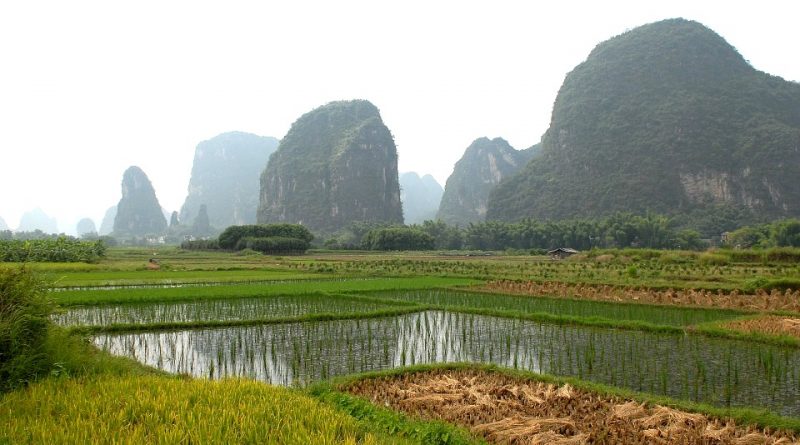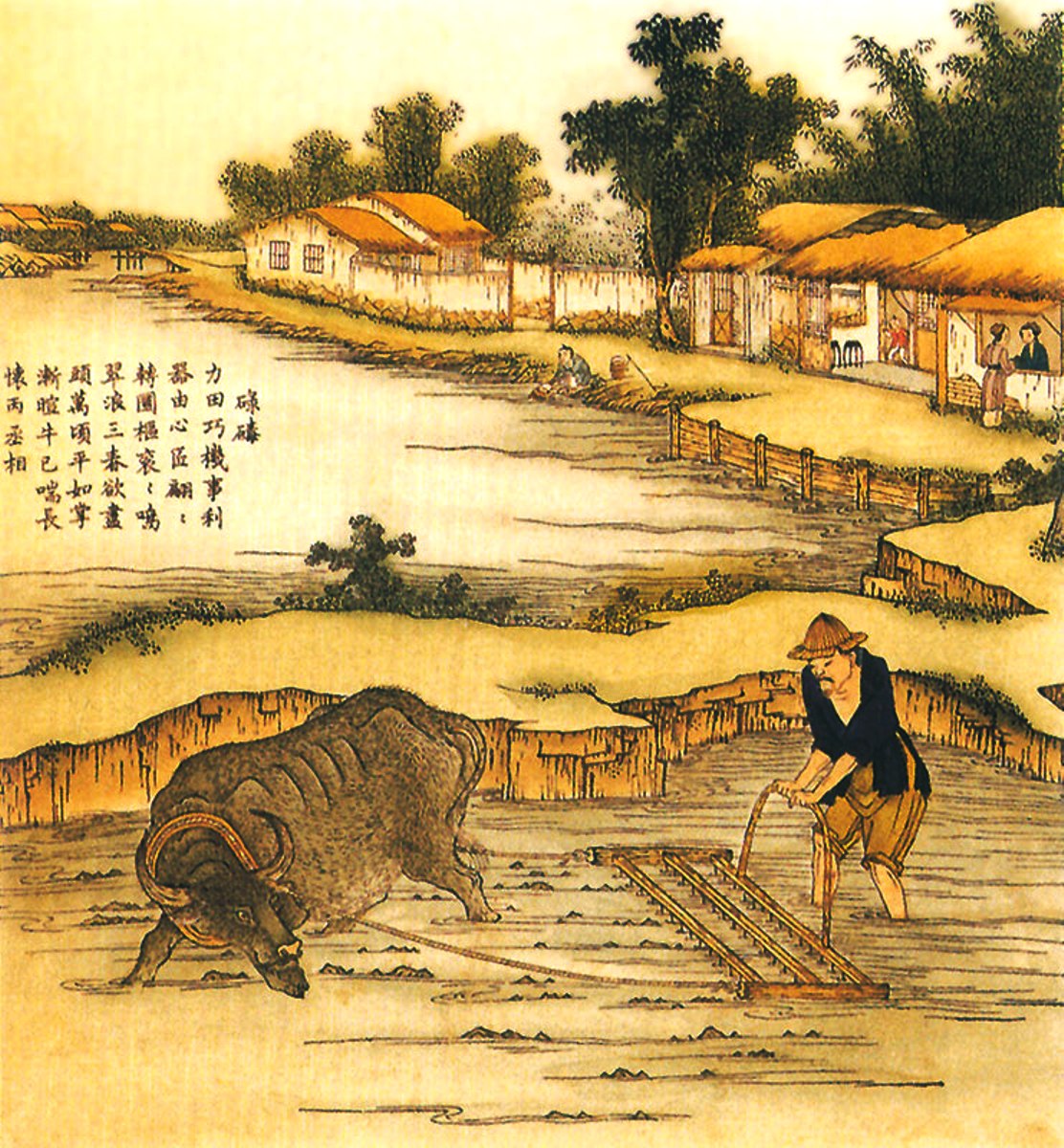Agriculture in ancient China – part X
Agriculture in ancient China – part X
In the works and texts written at the time the procedures are outlined step by step, accompanied by a comment, which is a real guide, which explains how it works or indicates under what conditions they must be implemented:
The spring sowing [of the panìco] should always be deep, therefore it passes a second time on the sown with a ta [a bush weighed down by stones]. Summer sowing must be shallow, so sprinkle the seeds and let them sprout spontaneously. (In spring the soil is cold and the germination is slow. If I did not use the ta, the roots would grow in the empty cracks [of the ground] and the plant, even if it could germinate, would die immediately. In summer the air is warm and fast germination: if you used the ta and then it rained, the soil would be too compact). (Qimin yaoshu jinshi, 3.5, p. 1)
This way of writing agronomic texts is not, however, an invention of Jia, which in fact seems to inherit from previous works, such as Mr. Lü’s Spring and Autumn or Fan Shengzhi’s Book.
It is a style of writing and dealing with topics in order to transmit technical information in a precise, comprehensive and concise form at the same time; it is a style that has remained unchanged for centuries and that had already fully developed in the final period of the Zhou dynasty.
It could be objected that this was the only way to represent a subject as concrete as agriculture; his sparse and clear sentences have the same transparency and the same apparently ineluctable relationship with the reality that we usually associate with cookbooks, technical manuals or reports of scientific experiments.
The great value of these writings, however, consists in the fact that this type of technical writing, had to perform a difficult function, that of transposing in a written form a knowledge that was generally transmitted partly orally and partly with the practice, through the action, example and experience.
Also because since the origins of their civilization, the cultured Chinese considered the manual jobs and activities as degrading activities, so much so that the terms that designate these crafts (shu or qiao), like Italian art, are often associated to the idea of magic or subversion; this is one of the causes of the poor production of technical texts in China. Agriculture and associated technologies (which included textile production, grain milling and other food processing processes, and hydraulics) were no exception; in fact, agriculture was both the fundamental occupation (yaoshu) of the people of the people, and a respectable way of earning a living for the nobles. The decision to withdraw from public life to drive the plow was nothing shameful, and an educated agronomist like Jia could admit without hesitation to have asked the elderly for information and learned from personal experience.
Agronomy therefore represented the field in which the knowledge of ordinary people and the culture of scholars could intersect; the purpose of the agronomist writer was to provide instructions on a set of complex techniques that were already clear to anyone.
It is important, among other things, that a text such as the Essential Techniques for the People demonstrates the knowledge of the cosmic principles, the etymological scholarship and the organizational skills of its author; at the center, however, there is the wealth of practical knowledge accumulated by Jia, his personal, physical and agricultural experience, which he takes care to underline in the preface and which he shared with his farmer and his workers.
It should be emphasized that like medicine, alchemy and geomancy, agriculture involves the manipulation and exploitation of cosmic energies by men; however, the technical texts of medicine, alchemy and geomancy do not at all possess the transparency of agrarian texts.
The technical procedures used in medicine, alchemy and geomancy were often described by means of a generic terminology referred to cosmic transformations, which acquired a specific meaning only in relation to the context. In the agronomics books, on the other hand, the technical terms have a specific meaning and, for those who know it, the text is totally understandable; in fact, there are no double meanings and, having the appropriate equipment available, the instructions provided allow each procedure to be carried out perfectly. In short, what today we would call a real practical manual.
The writers of agronomic books did not limit themselves however to transcribing word by word what they had heard from the old peasants, but they abstracted from a vast background of information a series of general knowledge that could be applied in different places. The vernacular names of a certain tool or of a certain technique often varied significantly from one location to another and from one era to another. Writers’ terminological choices were determined by numerous factors; first of all from personal experience, and therefore the chosen terms were those used in the author’s country of origin; many times, however, these were different from those used in the works of agronomy masters, on which the author himself had studied. It was therefore necessary to reconcile respect for the historical tradition of learning with the need to produce a coherent and up-to-date work.
However, sometimes, given also the extension of the country, with its biological and pedoclimatic variables, terminological inconsistencies proved impossible to overcome. This is the case of the nomenclature relating to cereals, and in particular to the different qualities of millet, in which the confusion begins with the inscriptions on oracular bones from the Shang period dating back to the 15th century. BC, continues throughout the historical period and still survives triumphantly today. Although the Chinese have never in the least doubted that Setaria italica and Panicum miliaceum were two distinct species, the confusion and terminological inconsistency between their names, or between the generic terms and those designating the glutinous and non-glutinous varieties, are so widespread in the literature as learned as in common use since the time of the Han.
Guido Bissanti


